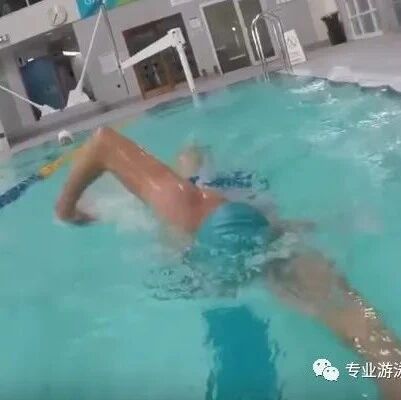Easy-to-learn breaststroke—raise your hand if you’ve caught even one of the 16 common mistakes!
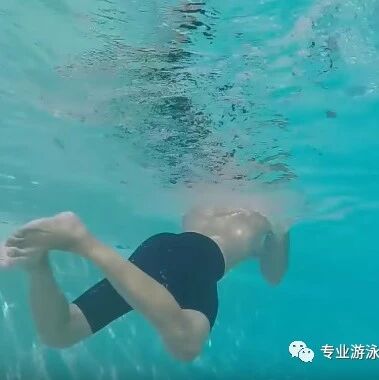
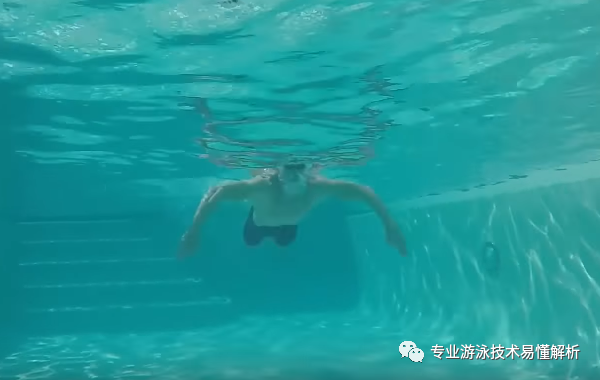
Error 1: After completing the frog-hand catch, both hands briefly pause in front of the chest instead of naturally flowing forward. From a practical perspective in breaststroke instruction, this subtle mistake tends to occur more frequently among swimmers whose arms aren’t perfectly symmetrical.
Error 2: When pulling the legs back during the frog kick, the distance between the knees becomes too wide—wider than the combined width of both legs. A key to the effective frog kick is to smoothly rotate the knees in a circular motion while flicking the shins outward. However, if the knees end up farther apart than the overall width of the legs, the kick will essentially turn into a straight push rather than a coordinated squeeze-and-push action. Ideally, though, the frog kick should combine the pushing and squeezing motions seamlessly into one fluid movement.
Error 3: After the frog kick, the upper body is excessively lifted, sometimes even straightened completely, with the chest nearly perpendicular and facing directly into the water. This mistake is common among beginners, yet surprisingly, some experienced power-oriented breaststroke swimmers also fall into this trap. As a result, the hips drop, disrupting the streamlined body position and significantly increasing swimming resistance—making it much harder to maintain a smooth, effortless stroke.
Error 4: During gliding, avoid tucking your hips—this causes water to flow over your back and encounter another "barrier of resistance." Instead, gently engage your core muscles; there’s no need to push hard with your glutes.
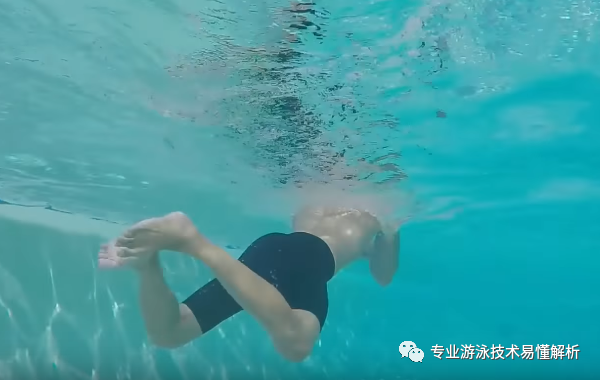
Error 5: When performing the frog kick, the arm pulls through the elbow. This "pulling through the elbow" mistake is one of the most common technical errors in freestyle swimming during the push phase, and it often occurs as well in the breaststroke's recovery phase. In breaststroke, the forearm acts like a paddle, with the support point of the paddle resting at the elbow joint. To maintain proper technique, the elbow must remain higher than the hand—any reversal of this position will inevitably lead to the "pulling through the elbow" error.
Error 6: When the frog kicks forward, the palms face outward, resembling a "surrender" gesture. This is unnecessary—it needlessly increases water resistance.
Error 7: After the frog kick and glide, when extending your arms forward, they should form a sharp angle as if diving into the water. The frog kick is the primary source of propulsion in breaststroke, and at this moment, keeping your arms together and parallel to the water surface is crucial for maximizing your glide distance. Any movement of your palms—whether downward or upward—can negatively impact your swimming efficiency.
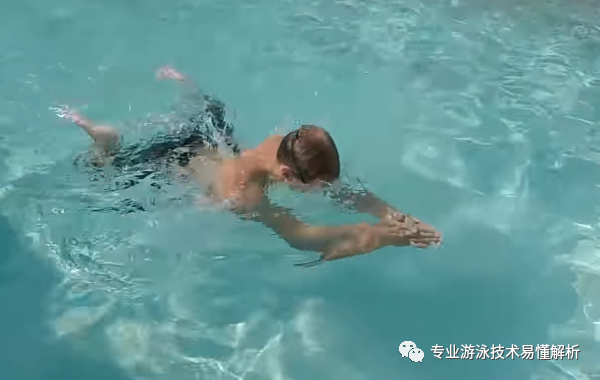
Error 8: After pushing off the wall during the breaststroke turn, your head dips downward. Admittedly, the body shoots forward swiftly after kicking off—pure exhilaration! At that moment, glancing at your reflection on the pool bottom gives you the sensation of an arrow released from the bow, making the experience even more thrilling. However, if you avoid dipping your head too low, you’d actually be able to glide even farther forward.
Error 9: After the frog kick, the feet separate. In fact, after performing the frog kick, the feet should naturally relax and come together—there’s no need for them to spread apart.
Error 10: After the forward rush before a breaststroke turn, widening the elbows during the underwater arm recovery creates significant water resistance. The underwater arm-recovery motion in breaststroke should be smooth and natural, gliding quietly beneath the ribs, passing just below the chest before extending forward—always aiming to minimize water resistance as much as possible.
Error 11: Lifting your head to look straight ahead while swimming breaststroke. In essence, when swimming breaststroke, your eyes should be angled at 45 degrees toward the water’s surface—but your peripheral vision should still allow you to maintain awareness of your general direction of travel. Especially during competitions, lifting your head to gaze forward is completely unnecessary and can disrupt your stroke rhythm.

Related Articles
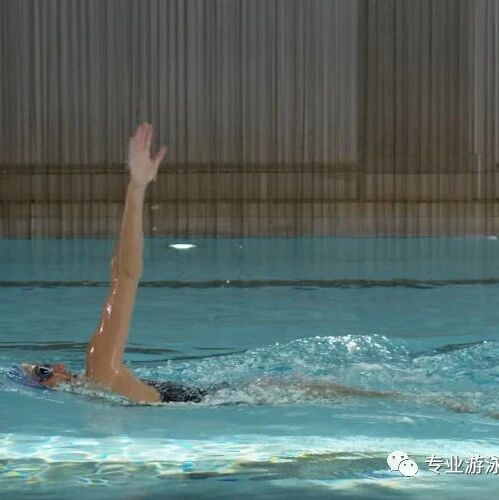
Can't seem to swim faster with your backstroke kick? Turns out, it’s because you’re lacking overall forward momentum.
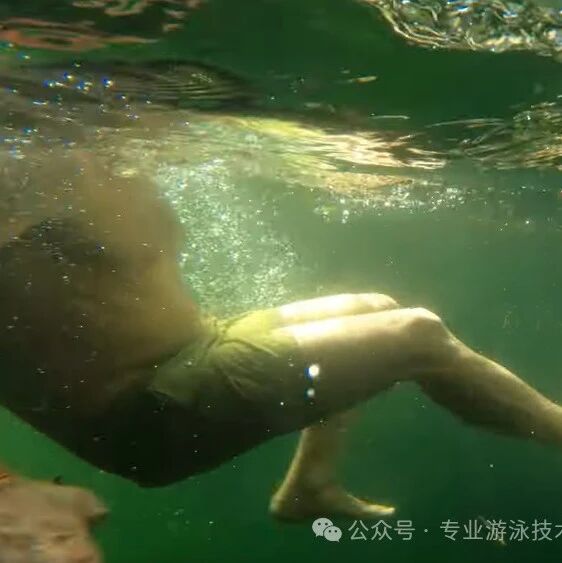
The mental preparation for venturing into deep waters—swimming is a journey of both body and mind.
